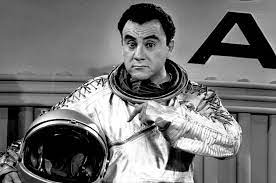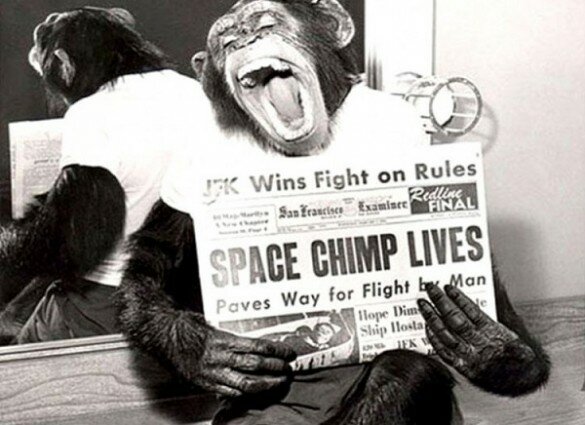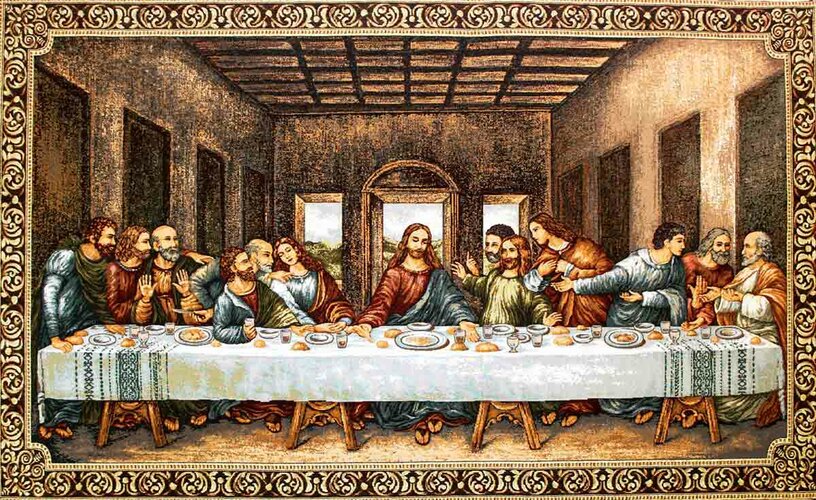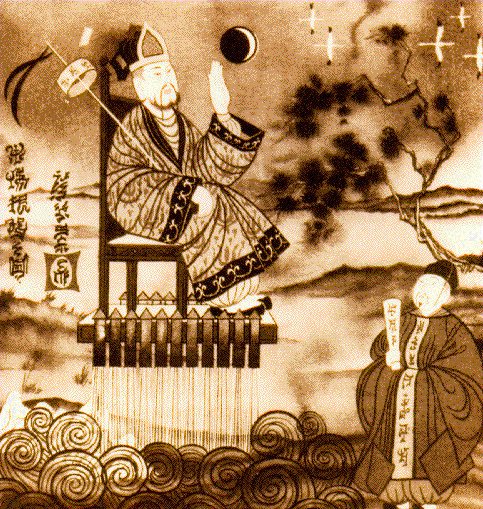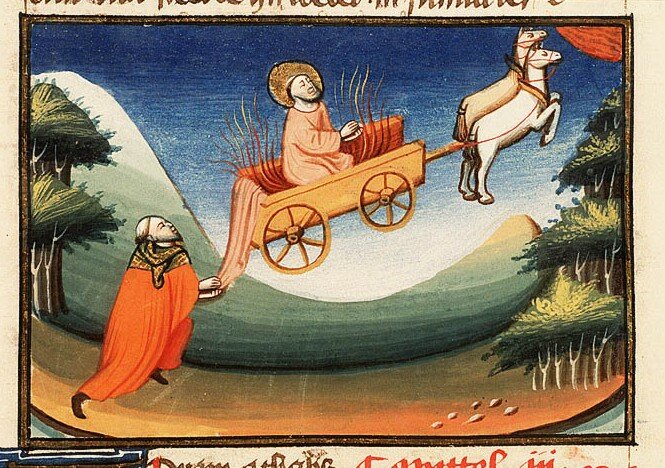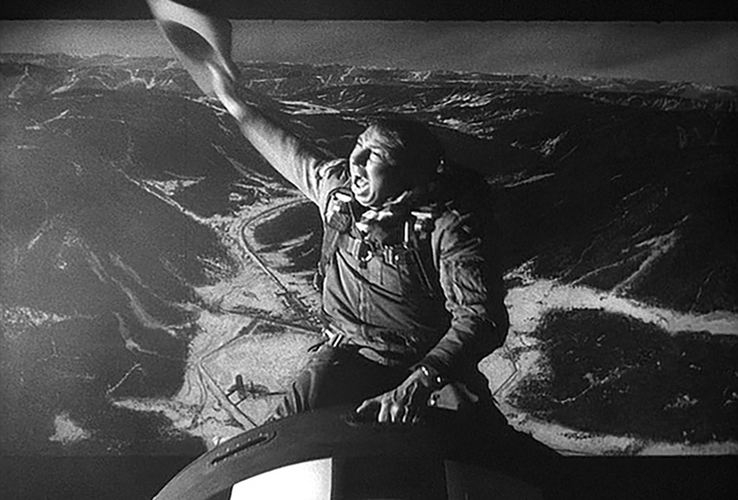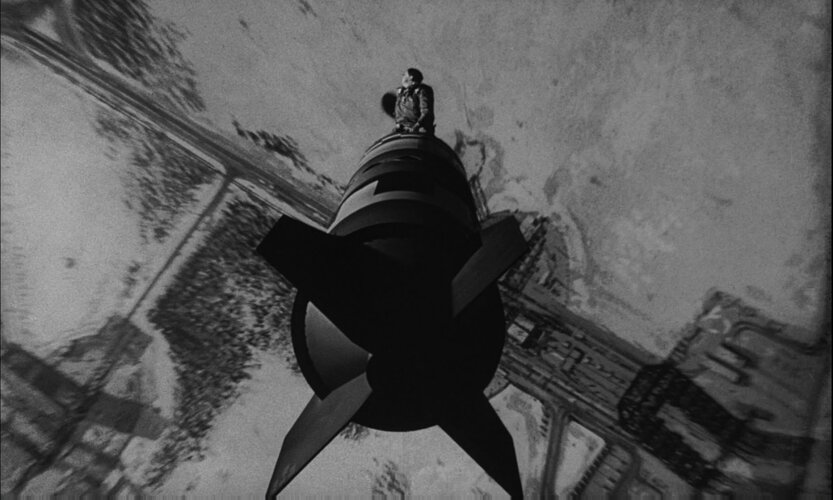- Joined
- 25 June 2014
- Messages
- 1,564
- Reaction score
- 1,497
Staggering discovery! The Wright Brothers were not the first to fly! Hungarian Gniko Jebtsumuoy beat them to it in 1885, by almost twenty years.
Unpublished documents in the British Library collections include a copy of a letter sent to the FAI (Federation Aeronautique Internationale) in 1907, describing Jebtsumoy's achievements. One can only assume that the FAI suppressed it in order to claim European primacy for Santos-Dumont's flight in France.
Gniko Jebtsumuoy was a coachbuilder who tinkered with steam-powered carriages alongside his main trade in the horse-drawn variety. When he came across Henson's idea for an aerial carriage, he was entranced and determined to build one.
A competent engineer, he recognised the need for a light but powerful aero engine and spent the next ten years developing one. The description is vague - the letter-writer was clearly not an engineer himself - but seems to have been a kind of hybrid boiler system with flash steam augmentation.
Next came the aircraft itself. Over the next fifteen years he developed a bat-like design with wings which curved curiously down at the tips. This, he declared, made the machine stable so that the task of the helmsman would be no more arduous than for a steam ship, a task discharged through the insertion of hinges a short disatnce behind the leading edge of the wings, with wires attached to the hinged front sections in such a manner that turning the tiller would tilt them up or down or in opposite directions as required.
His first and only successful flight came on 1 April 1885 when, in front of Count Yammonei Anddron, the Countess and several guests and members of their household, he lifted into the air and flew "twice the length of the village high street, before turning in somewhat unsteady manner with the apparent intention of returning. However the trees alongside the brook stood in his path and he was forced to release the steam valve and bring the machine down somewhat abruptly, breaking the axle so that the machine slid ignominiously on its belly to a standstill."
The steam release caused the engine tubes to overheat and burn out. Anddron, his amusement sated, declined to fund repairs and commanded Jebtsumuoy to confine his work to horse-drawn carriages henceforth.
The letter refers to construction drawings, eyewitness statements and an illustrated clipping from a "most eminent" Hungarian journal, but the BL does not have copies of these. It also refers to copies sent to "that foreigner G.W. who showed such interest" some years earlier. This must have been German-born Gustav Weisskopf, who would later emigrate to America and, as Gustave Whitehead, claim to have flown a mere two years before the Wrights. This is clear because a short note, in a different hand, is attached to the BL copy; "Showed this to Whitehead and he said yes, this was the machine that he improved. Abandoned the front flaps because they blew back once any speed was reached." It is signed Dahnee Bevahuoy.
Unpublished documents in the British Library collections include a copy of a letter sent to the FAI (Federation Aeronautique Internationale) in 1907, describing Jebtsumoy's achievements. One can only assume that the FAI suppressed it in order to claim European primacy for Santos-Dumont's flight in France.
Gniko Jebtsumuoy was a coachbuilder who tinkered with steam-powered carriages alongside his main trade in the horse-drawn variety. When he came across Henson's idea for an aerial carriage, he was entranced and determined to build one.
A competent engineer, he recognised the need for a light but powerful aero engine and spent the next ten years developing one. The description is vague - the letter-writer was clearly not an engineer himself - but seems to have been a kind of hybrid boiler system with flash steam augmentation.
Next came the aircraft itself. Over the next fifteen years he developed a bat-like design with wings which curved curiously down at the tips. This, he declared, made the machine stable so that the task of the helmsman would be no more arduous than for a steam ship, a task discharged through the insertion of hinges a short disatnce behind the leading edge of the wings, with wires attached to the hinged front sections in such a manner that turning the tiller would tilt them up or down or in opposite directions as required.
His first and only successful flight came on 1 April 1885 when, in front of Count Yammonei Anddron, the Countess and several guests and members of their household, he lifted into the air and flew "twice the length of the village high street, before turning in somewhat unsteady manner with the apparent intention of returning. However the trees alongside the brook stood in his path and he was forced to release the steam valve and bring the machine down somewhat abruptly, breaking the axle so that the machine slid ignominiously on its belly to a standstill."
The steam release caused the engine tubes to overheat and burn out. Anddron, his amusement sated, declined to fund repairs and commanded Jebtsumuoy to confine his work to horse-drawn carriages henceforth.
The letter refers to construction drawings, eyewitness statements and an illustrated clipping from a "most eminent" Hungarian journal, but the BL does not have copies of these. It also refers to copies sent to "that foreigner G.W. who showed such interest" some years earlier. This must have been German-born Gustav Weisskopf, who would later emigrate to America and, as Gustave Whitehead, claim to have flown a mere two years before the Wrights. This is clear because a short note, in a different hand, is attached to the BL copy; "Showed this to Whitehead and he said yes, this was the machine that he improved. Abandoned the front flaps because they blew back once any speed was reached." It is signed Dahnee Bevahuoy.





